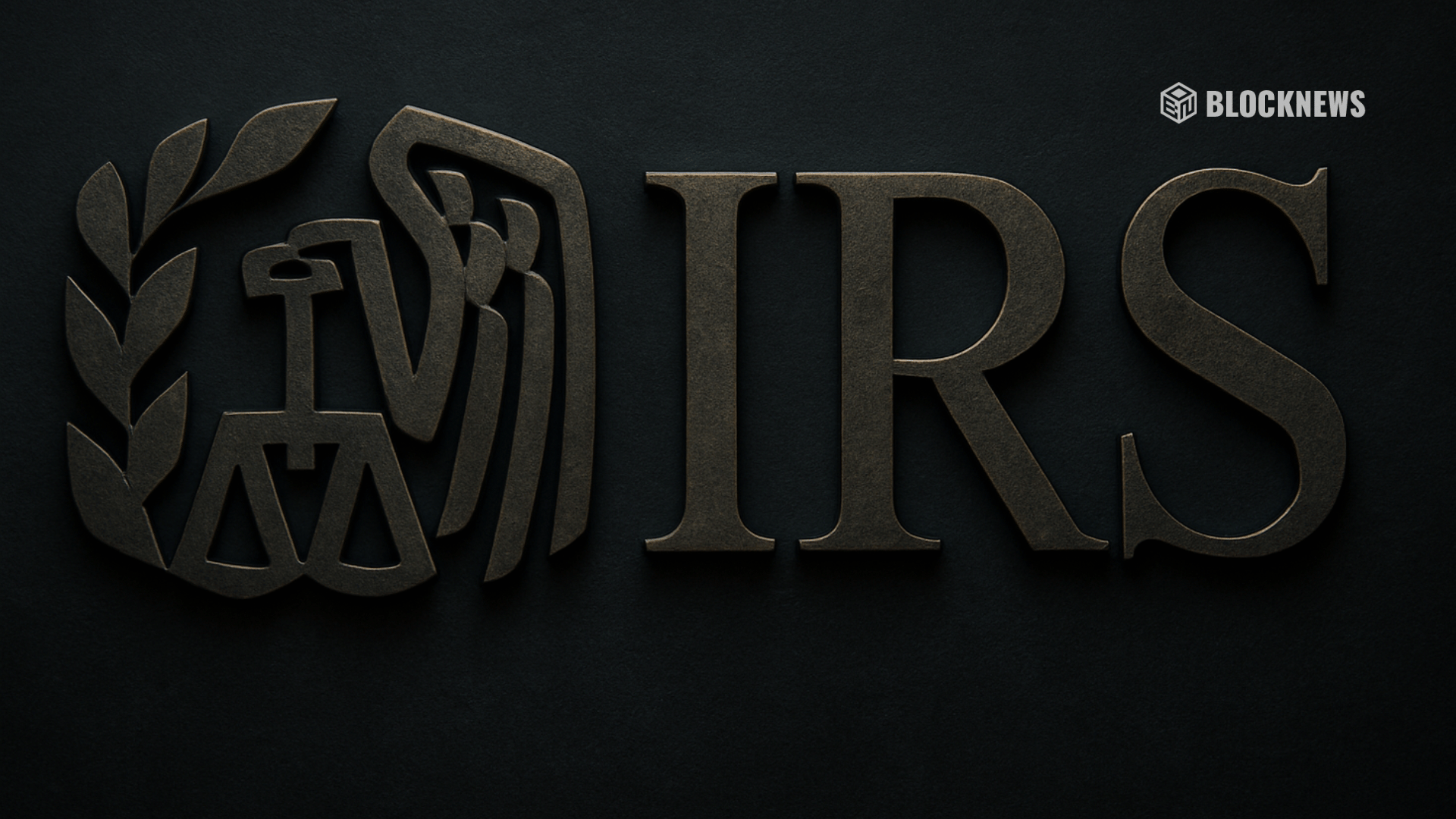- IRS will furlough nearly 50% of its staff amid the ongoing government shutdown.
- The move follows a year of mass layoffs under Trump’s Department of Government Efficiency.
- Political gridlock leaves uncertainty over back pay, agency stability, and long-term operations.
The IRS announced it will furlough nearly 50% of its staff as the US government shutdown drags into its second week. According to the revised contingency plan, only about 39,870 employees, or 53.6% of the agency’s workforce, will continue working. Initially, the IRS had used leftover Inflation Reduction Act funds to remain fully operational for five business days, but those reserves have now run thin.

This marks one of the most severe cuts to agency operations in years, raising questions about tax services, audits, and processing times. For many furloughed employees, the immediate challenge is uncertainty around when — or if — back pay will arrive, depending on how Congress and the White House resolve the funding impasse.
IRS Struggles Amid Trump-Era Cuts
The furloughs add to an already strained year for the agency. In 2025, the Trump administration, through the newly created Department of Government Efficiency led by Elon Musk, oversaw sweeping layoffs that eliminated tens of thousands of federal jobs, many of them at the IRS. At the end of 2024, the IRS employed nearly 100,000 people. Today, staffing has dropped closer to 75,000.
For those still working, many are now doing so without pay due to the shutdown. The frustration is building, with employees across agencies expected to start calling out sick, citing financial strain from unpaid days. This disruption could impact not only the IRS’s day-to-day functions but also long-term morale and retention.
Political Gridlock Deepens
Congress remains at a stalemate, with both Republican and Democratic proposals failing to advance in the Senate. Meanwhile, President Donald Trump has signaled that not all furloughed employees should expect back pay once the shutdown ends. Speaking from the Oval Office, Trump suggested Democrats bear responsibility for the deadlock, adding that workers may not “deserve” compensation depending on their roles and party alignment.
The remarks have fueled further uncertainty for federal employees, with unions and advocacy groups warning of long-term damage to government operations. For the IRS in particular, the combination of staff cuts, furloughs, and public criticism is creating a perfect storm of instability at a critical time.

Final Thoughts
The IRS is now caught in the crossfire of politics and budget cuts, with nearly half its workforce sidelined. The agency’s challenges in 2025 underscore deeper tensions over federal funding, workforce priorities, and the future of US tax administration. Until Congress finds common ground, both employees and taxpayers are bracing for prolonged disruption.














